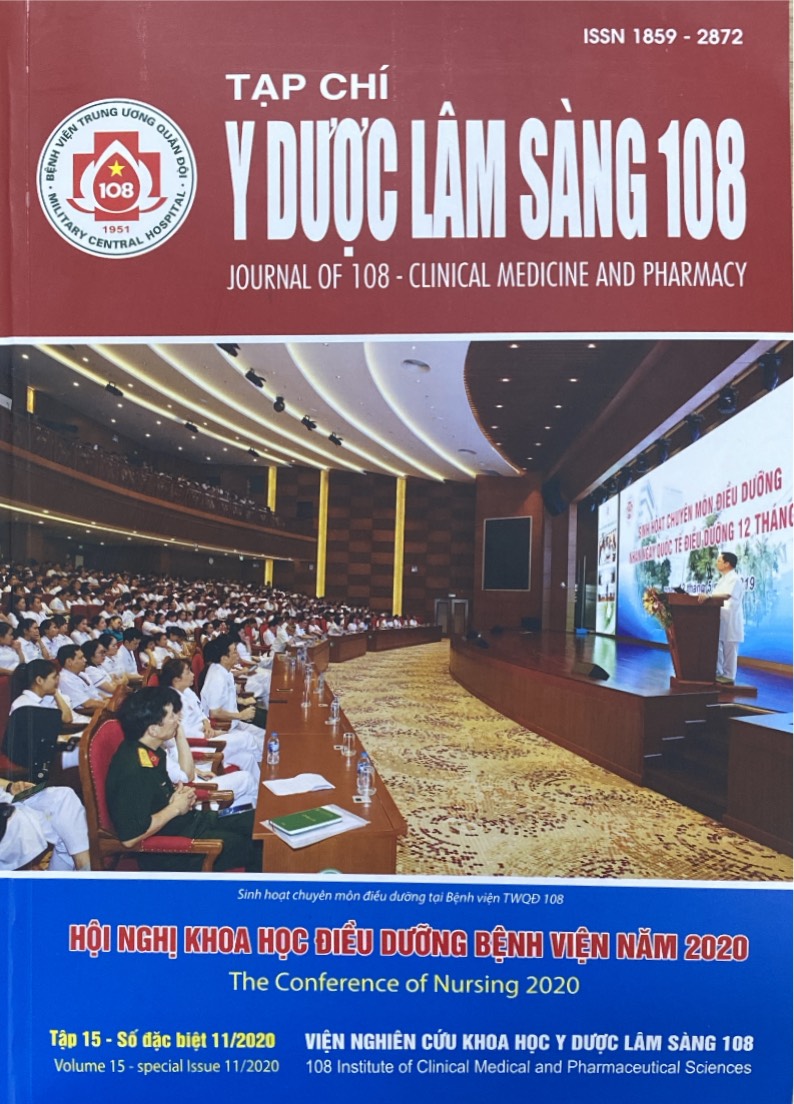are patients generalized pustular psoriasis: A care report
Main Article Content
Keywords
Patient care, Generalized pustular psoriasis
Abstract
Generalized pustular psoriasis is rare forme of psoriasis. This is a serious and sometimes fatal disease. Numerous tiny, steril pustules evolve from an erythematous base and coalesce into lakes of pus. The superficial, upper epidermal pustules are easily ruptured. The patient is toxic and febrile and has leukocytosis. Early diagnosis, proper care and treatment plan helps to reduce mortality and complications.
Article Details
References
1. Đặng Văn Em (2013) Bệnh vảy nến. Một số bệnh tự miễn dịch thường gặp trong da liễu, Nhà xuất bản Y học, tr. 319-511.
2. Takahashi H, N.K., Kaneko F et al (2003) Analysis of psoriasis patients registered with the Japanese Society for Psoriasis Research from 2002–2008. J Dermatol 38: 1125-1129.
3. Siew Eng C, Norshaleyna AM, Nalini MN, Kwee Eng Tey, and Shang Fern Chew (2014) Clinical profile, morbidity, and outcome of adult-onset generalized pustular psoriasis: Analysis of 102 cases seen in a tertiary hospital in Johor, Malaysia. International Journal of Dermatology 53: 678-684.
4. Ishida-Yamamoto, H.I.H.T.A. (2003) Pathophysiology of generalized pustular psoriasis. Arch Dermatol Res (295): 55-59.
5. Linghong Linda Z, J.R.G., Arvin Ighani, and Jensen Yeung (2018) Systemic monotherapy treatments for generalized pustular psoriasis: A systematic revie. Journal of Cutaneous Medicine and Surgery 1-11.
6. Augey FRP, Nicolas JF (2006) Generalized pustular psoriasis (Zumbusch): A French epidemiological survey. Eur J Dermatol 16(6): 669-673.
2. Takahashi H, N.K., Kaneko F et al (2003) Analysis of psoriasis patients registered with the Japanese Society for Psoriasis Research from 2002–2008. J Dermatol 38: 1125-1129.
3. Siew Eng C, Norshaleyna AM, Nalini MN, Kwee Eng Tey, and Shang Fern Chew (2014) Clinical profile, morbidity, and outcome of adult-onset generalized pustular psoriasis: Analysis of 102 cases seen in a tertiary hospital in Johor, Malaysia. International Journal of Dermatology 53: 678-684.
4. Ishida-Yamamoto, H.I.H.T.A. (2003) Pathophysiology of generalized pustular psoriasis. Arch Dermatol Res (295): 55-59.
5. Linghong Linda Z, J.R.G., Arvin Ighani, and Jensen Yeung (2018) Systemic monotherapy treatments for generalized pustular psoriasis: A systematic revie. Journal of Cutaneous Medicine and Surgery 1-11.
6. Augey FRP, Nicolas JF (2006) Generalized pustular psoriasis (Zumbusch): A French epidemiological survey. Eur J Dermatol 16(6): 669-673.
 ISSN: 1859 - 2872
ISSN: 1859 - 2872
